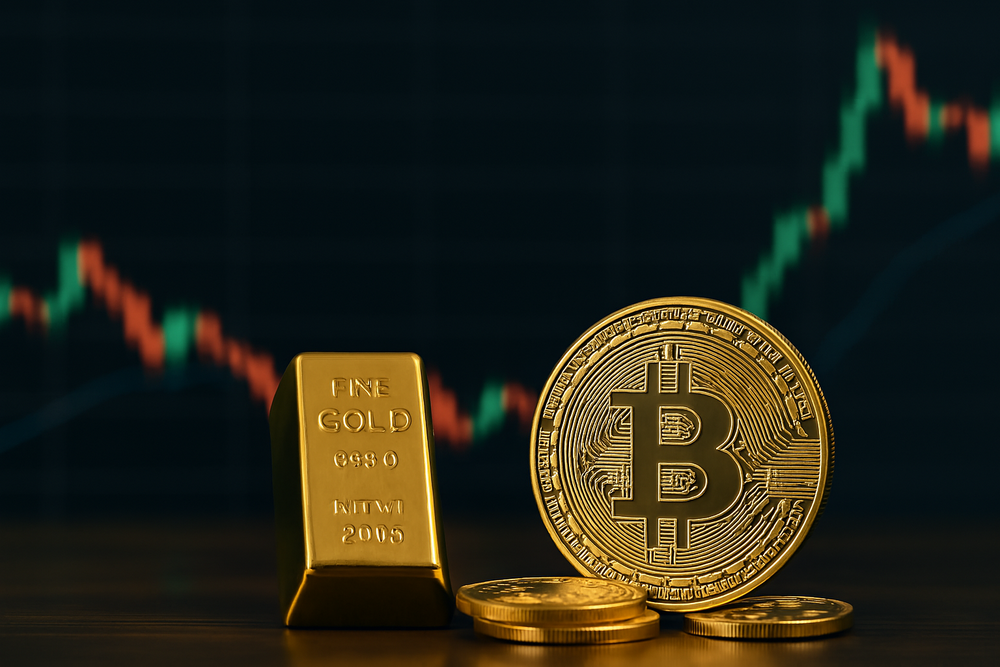Coinbase debit limit raised: new tiers aim to make crypto payments mainstream

Coinbase debit limit changes announced this month could reshape how consumers pay with crypto. From 14 October 2025, Coinbase will set a default $5,000 spending cap; selected low-risk clients may access up to $100,000 under a new risk-based model, per Coinbase Help – Official Announcement.
What are the new debit card spending limits and who benefits?
In short, Coinbase’s update raises the default debit card limit to $5,000 for all users beginning 14 October 2025. Selected low-risk clients will be eligible for higher caps—up to $100,000—phased in by mid-2026 as part of a new risk-based model.
It should be noted that the change aims to support growing demand for a crypto everyday purchases card and to streamline higher-value payment flows (cryptonomist.ch — Market Adoption).
How do risk-based spending tiers work?
The company will apply risk-based spending tiers that combine automated screening with account history and compliance checks. Users with cleaner transaction histories and stronger identity verification can move into higher tiers more quickly.
This model—balancing consumer access with robust fraud controls—reflects a broader industry shift toward more granular regulatory compliance and card controls. From operational experience, exchanges typically tune tier thresholds after the first few quarters of data to reduce false positives in fraud detection.
Teams should therefore monitor chargeback and dispute rates closely when customers migrate between tiers.
Will Coinbase card high limits speed mainstream crypto payments?
Potentially yes. Higher caps can reduce the need for users to split transactions or avoid using crypto for larger purchases. That said, merchant acceptance and volatility management will remain central to wider adoption; for practical guidance see cryptonomist.ch — Crypto Payments Guide.
Market observers suggest the move enhances crypto usability for both everyday and larger retail spending. Yet volatility continues to pose a core challenge for some merchants.
What are the practical implications for traders and institutions?
Traders may welcome easier off-ramps for proceeds, while institutions might explore card-based payment flows for client services. Importantly, the update signals that exchanges are scaling payment rails, potentially affecting custody, treasury operations, and on-chain liquidity dynamics (cryptonomist.ch — Institutions).
How can users increase their coinbase debit limit or avoid reaching limits?
Users are advised to complete enhanced verification, maintain low-risk activity, and adhere to Coinbase’s guidelines. Questions such as how to increase coinbase debit card limit and how to increase debit card limit on coinbase remain pertinent, since increases are tied to identity verification, transaction history, and automated risk assessments.
- Complete KYC and enable security features.
, - Maintain consistent and compliant transaction patterns.
, - Contact support if there is any concern regarding account classification.
Are there withdrawal or deposit constraints tied to the new policy?
Coinbase indicates that this update targets spending limits rather than changing the fundamental deposit or withdrawal caps. Users should verify their personalized limits within their accounts, as factors such as coinbase debit card withdrawal limit and coinbase debit card deposit limit can vary by jurisdiction. See cryptonomist.ch — Regulation for more context.
What do analysts say about risk and market impact?
Analysts view the move as pragmatic; higher spending thresholds could catalyze increased usage without materially raising systemic risk, provided that accompanying controls are effective.
Some caution that higher limits might attract sophisticated fraud unless oversight is enhanced. The balance between broader access and security will be closely monitored. Context on payments infrastructure resilience is provided by the Bank for International Settlements — Press Release.
Why does this matter to everyday users and the broader crypto ecosystem?
,
In essence, larger card limits can make crypto payments more practical for both routine and high-value purchases. The update may accelerate merchant integrations and influence the design of services by wallets, payment processors, and exchanges.
Ultimately, it represents a step toward broader utility in crypto payment solutions; it should also prompt ongoing attention to compliance and operational readiness.
You May Also Like

‘Love Island Games’ Season 2 Release Schedule—When Do New Episodes Come Out?
